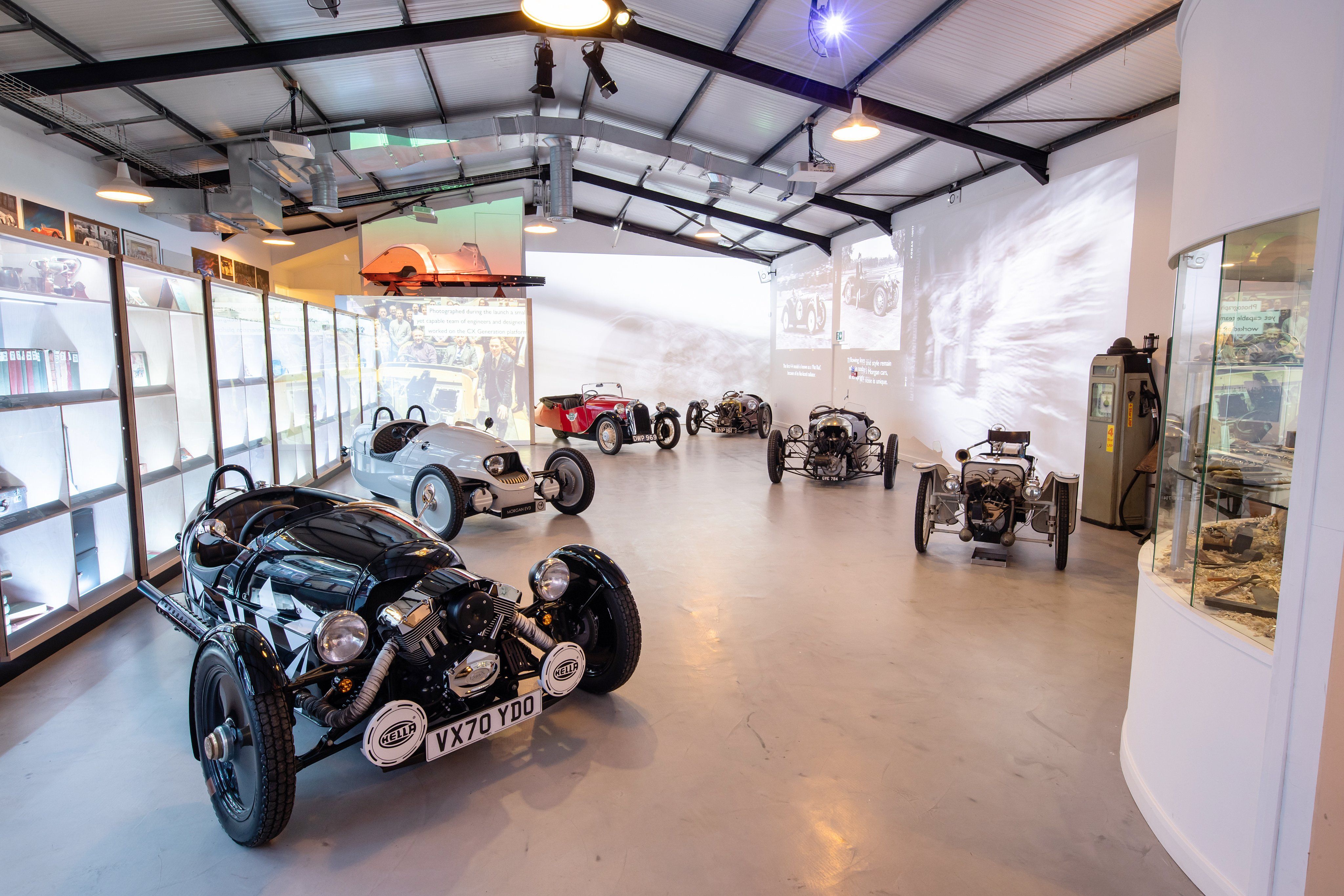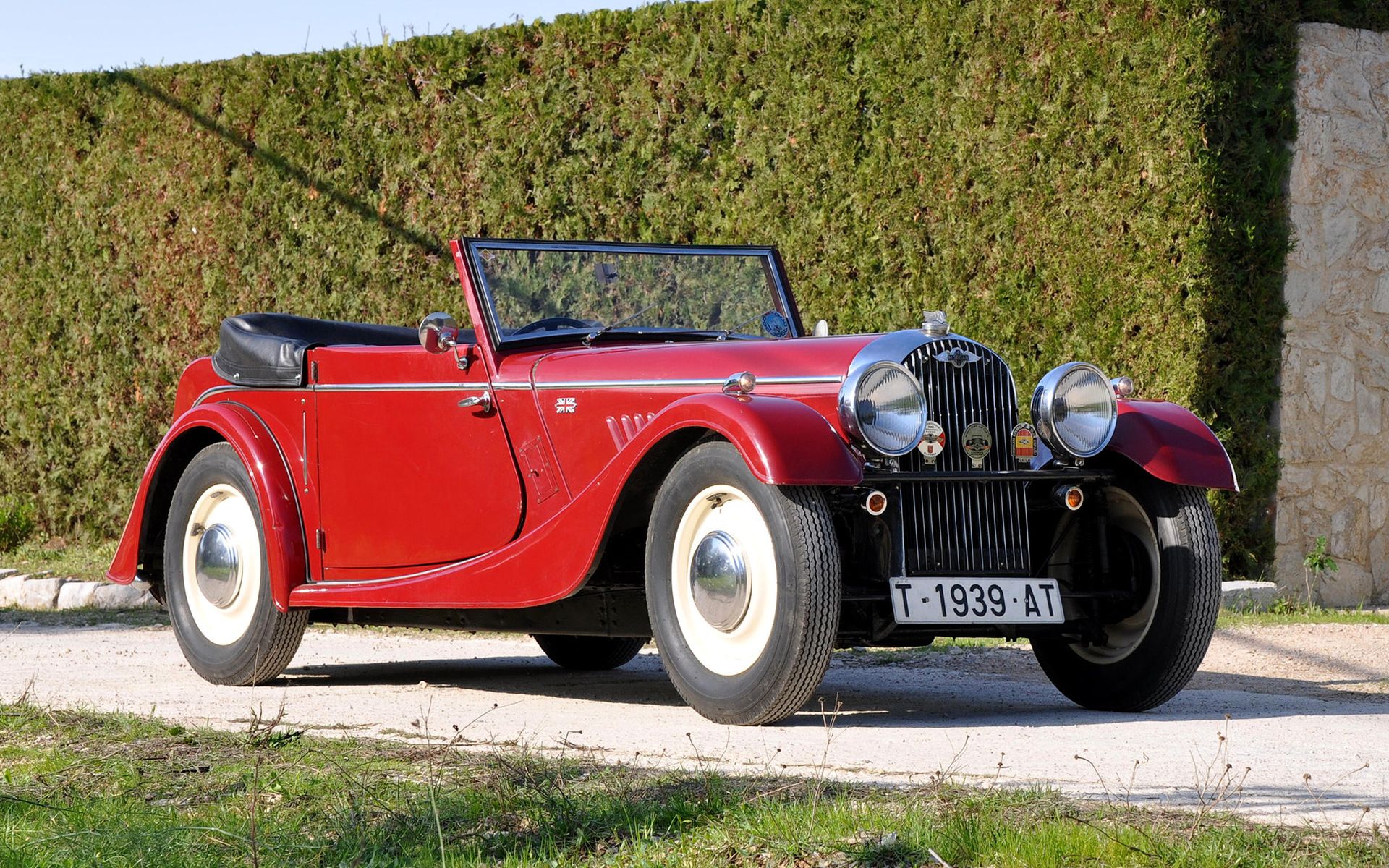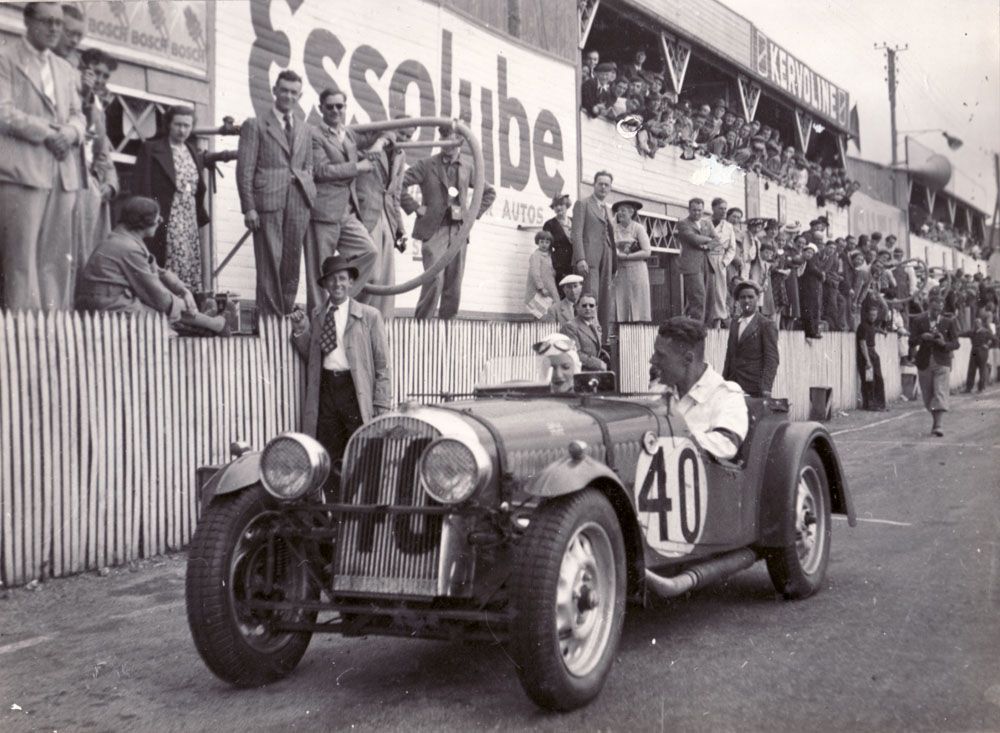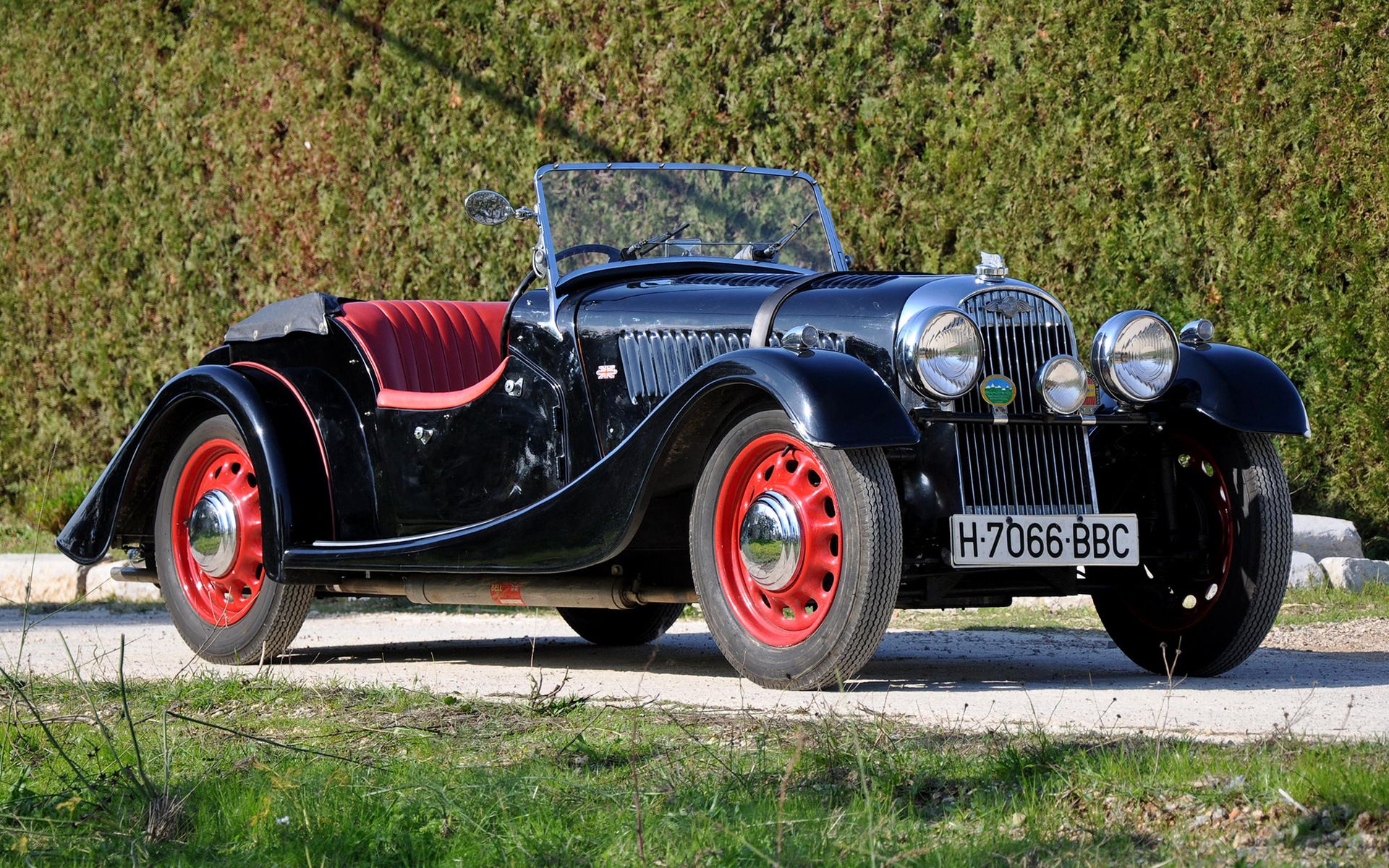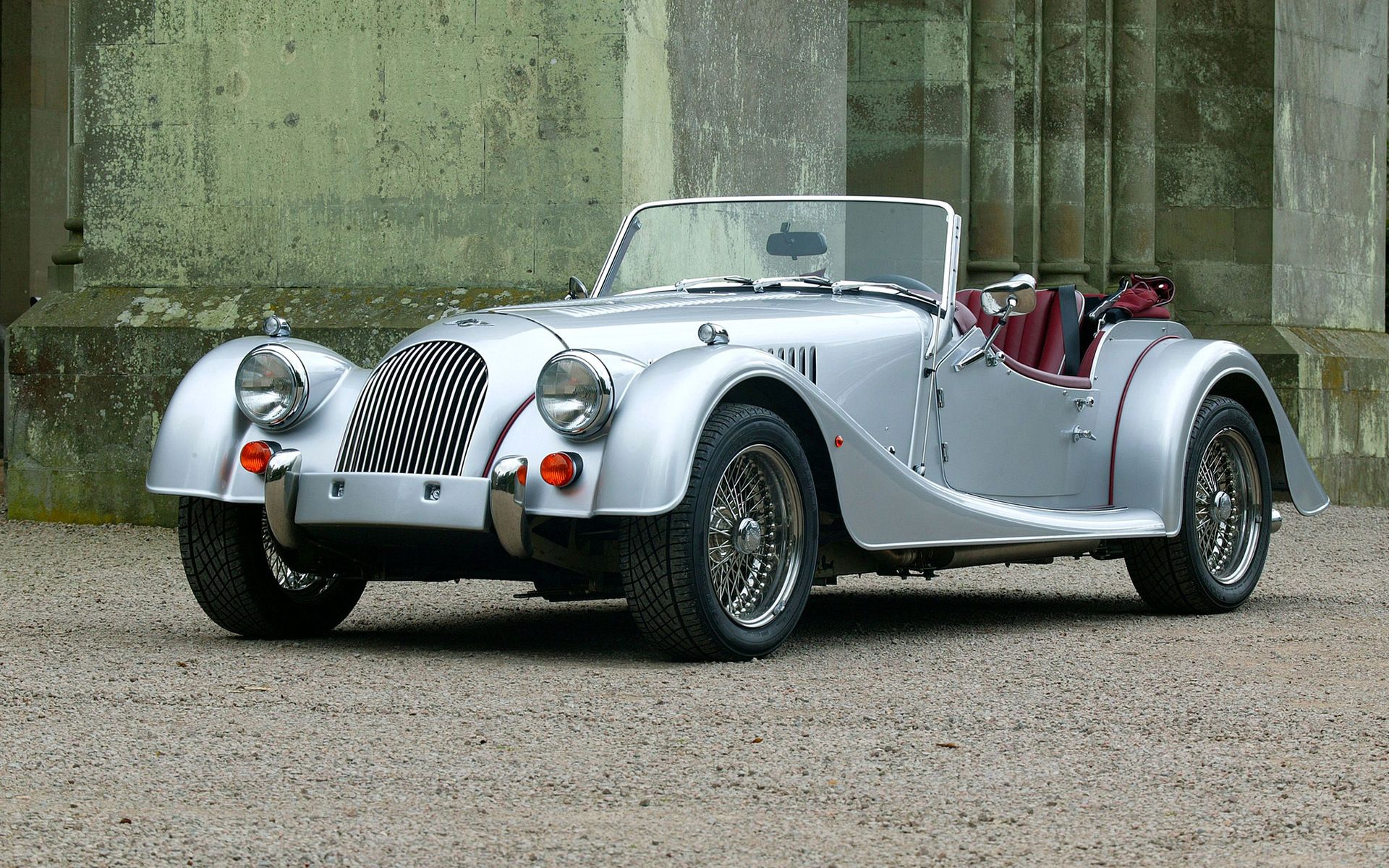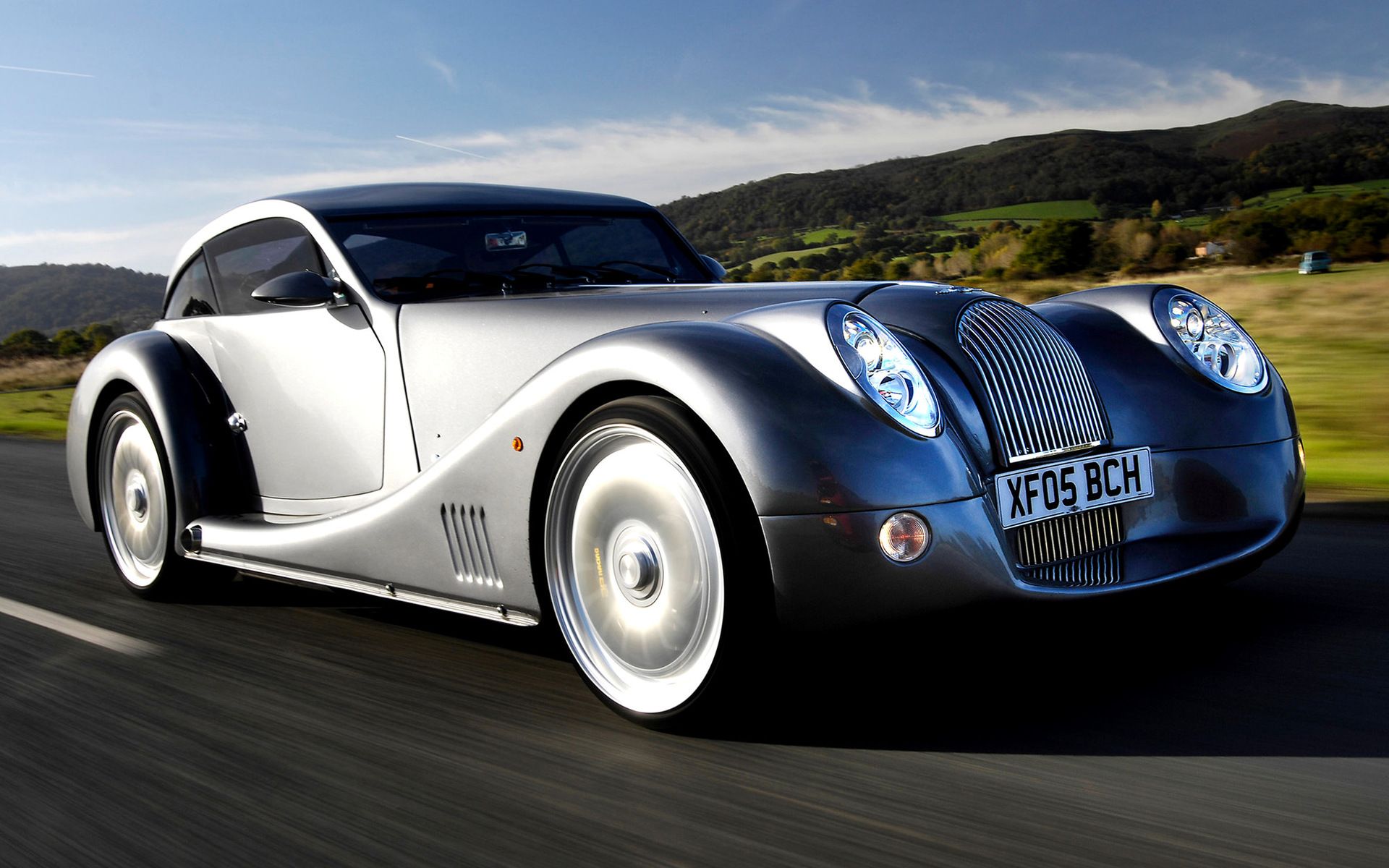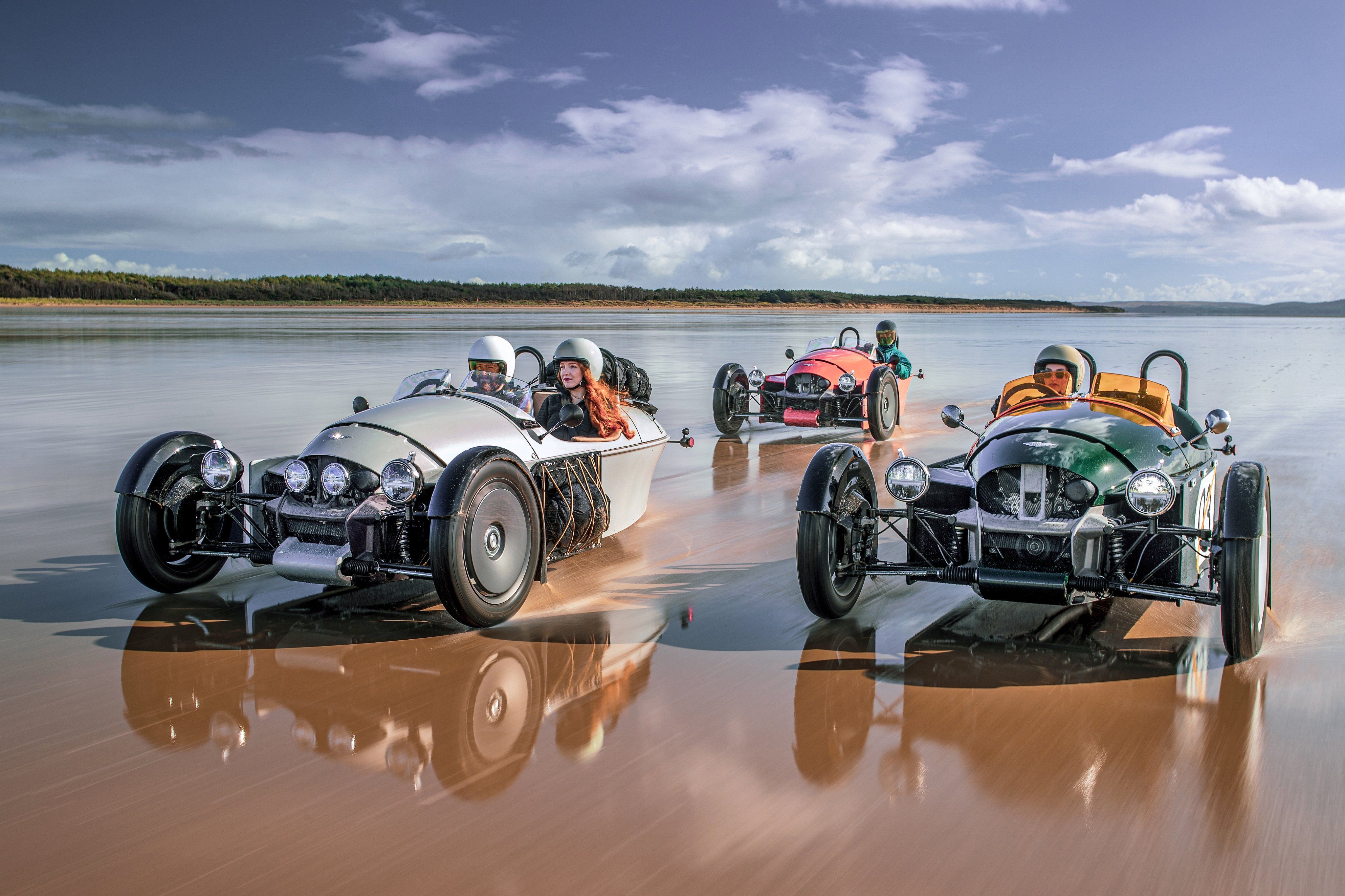No other automobile manufacturer has over the years remained so ultimately true to its styling as Morgan Motor Company. For 112 years, this iconic English manufacturer has been living in the era of long gone three- and four-wheelers.
What's more, as the brand receives nothing but praises for its vintage design philosophy even today. Ask any gear head if it'll be pleasurable driving any of the Morgan models in 2022, and you'll get the same answer — a resounding yes! Very few car manufacturers can brag about having such a prevailing and dedicated fan base.
Do you know how Morgan Motor Company became so popular that it takes one look at its cars in 2022 to create the desire in us to put on the best leather driving gloves and immediately hop behind the wheel? Learn more about this British carmaker in our brief history overview while taking a peek at some handsome Morgan cars.
The Morgan Motor Company's Early Beginnings And A Reputation Built On Three-Wheelers
Throughout most of its history, Morgan Motor Company was a family-owned business. H.F.S Morgan founded it in 1909, after first opening a motor sales and servicing garage and designing a car for himself. One year later, the now well-known star was born.
The Runabout was commonly known as the Three-Wheeler or Cyclecar, as it featured two front wheels and one driven rear wheel. It was brilliantly simple and lightweight, packing the Peugeot engine with a total of 7 bhp in the front.
Although it wasn't initially made for commercial purposes, however, the Morgan Three-Wheeler became very popular and gained many updates over the years. It first added the wheel steering and a hood, and later a changing rear wheel, and more.
Following the rising popularity, the Morgan Runabout appeared in the Harrods shop window, and the Morgan Motor Company officially became a private limited business, with the H.F.S. Morgan and his father, George Morgan at the top.
The Morgan Motor Company: Racing Success and Pre-War Four Wheelers
After the success of the first family four-seater in 1921, Morgan took a bold new approach and introduced a four-wheeled car named the Morgan 4-4 (four cylinders and four wheels). The immediate success of the four-wheeler brought new models such as the Roadster and the Drophead coupé.
The 1936 Morgan 4-4 was powered by a Coventry Climax engine that put out 34 horsepower and featured two spare wheels. In the next two years, two more models of this vehicle left the production lines. The one from 1938 also entered the Le Mans and finished a 24-hours race, but that wasn't the first nor the last race the Morgan company entered.
The Morgan Motor Company racing success began even before World War I when its teams won over 24 gold medals in all kinds of races. The brand also secured 10 local and world records for its cycle cars. The successes continued to pile up over the years, so it's hard to mention them all. The one that we shouldn't skip, however, is the One-Hour World Record in 1930 when Gwenda Stewart hit more than 100 mph in Paris.
The Glory Of Morgan Motor Company After World War II
Fast-forward to some better time after World War II, and we get to more 4-4 models and a new Plus 4 one with a bigger engine and more power. The Morgan Plus 4 could produce an output of about 68 hp at 4,500 RPM, and it had a longer wheelbase, but was otherwise mostly unchanged.
Notably, the real big update arrived in 1966 when Morgan used the Rover V8 engine to equip its new Plus Eight models. This was one of the most successful cars in the British brand lineup, and it continued to grow further over the years.
The Plus Eight was not only a powerful, fast, and attractive vehicle to see on the road, but it was also a racing star. It brought its manufacturer a lot of medals throughout its lifetime.
The Morgan Motor Company Adopted Old Styling For Its New Models In The 2000s And Beyond
The development of the next big thing in the Morgan lineup started in the 1990s and finally took form in the year 2000 as the Morgan Aero 8. The newest vehicle was a representation of updated vintage style, having a beastly BMW V8 engine as well as the signature wooden frame. It was a result of perfectly balanced power and classic styling, offering 286 bhp, a top speed of 160 mph, and an acceleration to 62 mph in 4.8 seconds.
Expectedly, the astounding Aero 8 was continuously updated over the years, delighting fans with new specs and design tweaks. Various iterations were also produced, and they include the Aeromax, Aero Supersports, and Aero Coupe. The Aero 8 GT even entered the 24 Hours of Le Mans.
In the last decade, Morgan Motor Company has turned a full circle in history by announcing the new production of three-wheelers. Just this year, we've seen the Morgan Super 3 in the automotive market. So, the bottom line is that this British car manufacturer achieved enormous popularity with its vintage (racing) cars throughout its 112-year history, and it doesn't plan to slow down. We can still expect many new (but still vintage-based) vehicles to come from Morgan Motor Company, and we can't be more thrilled about it.

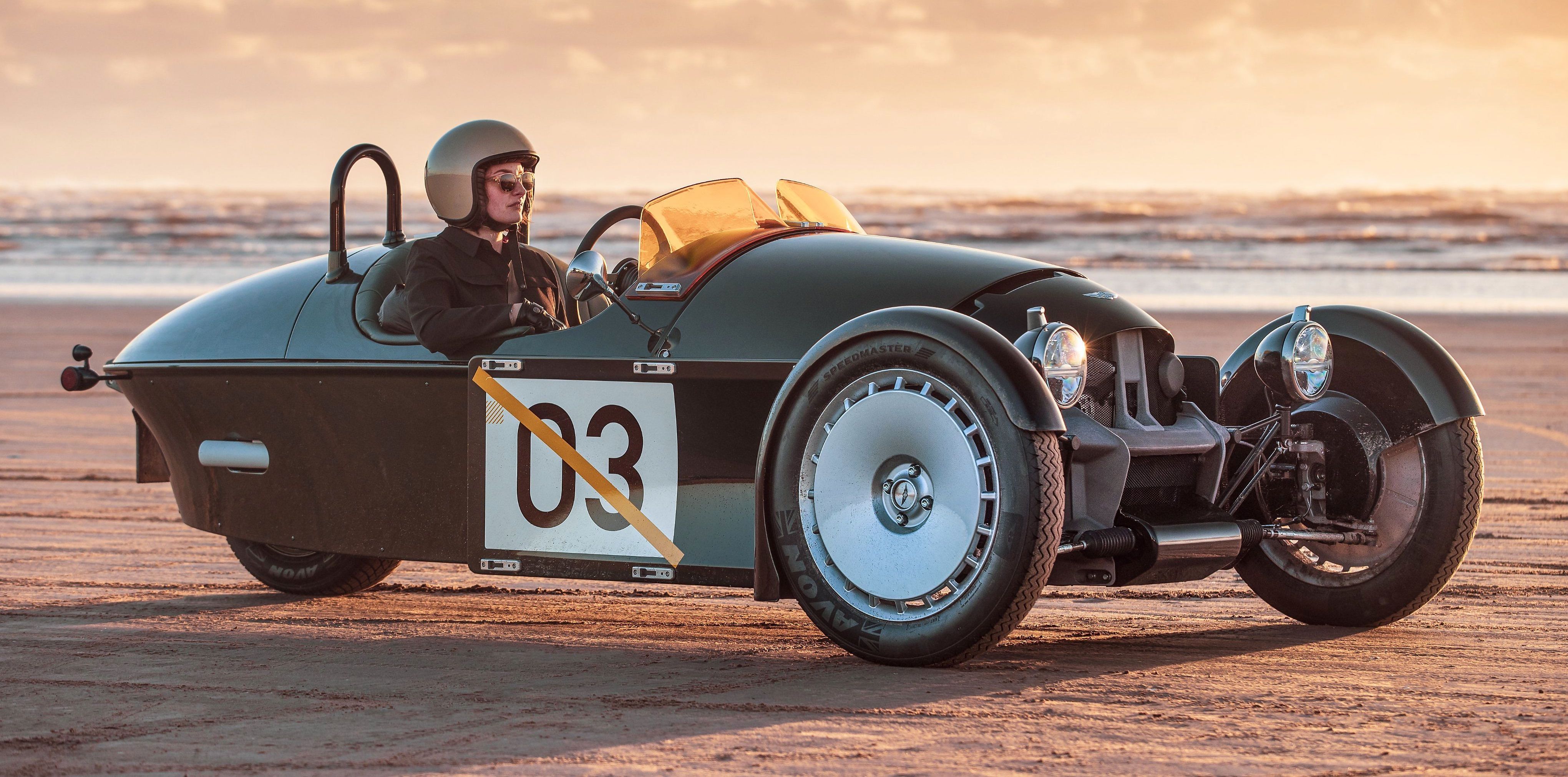
.jpg)
